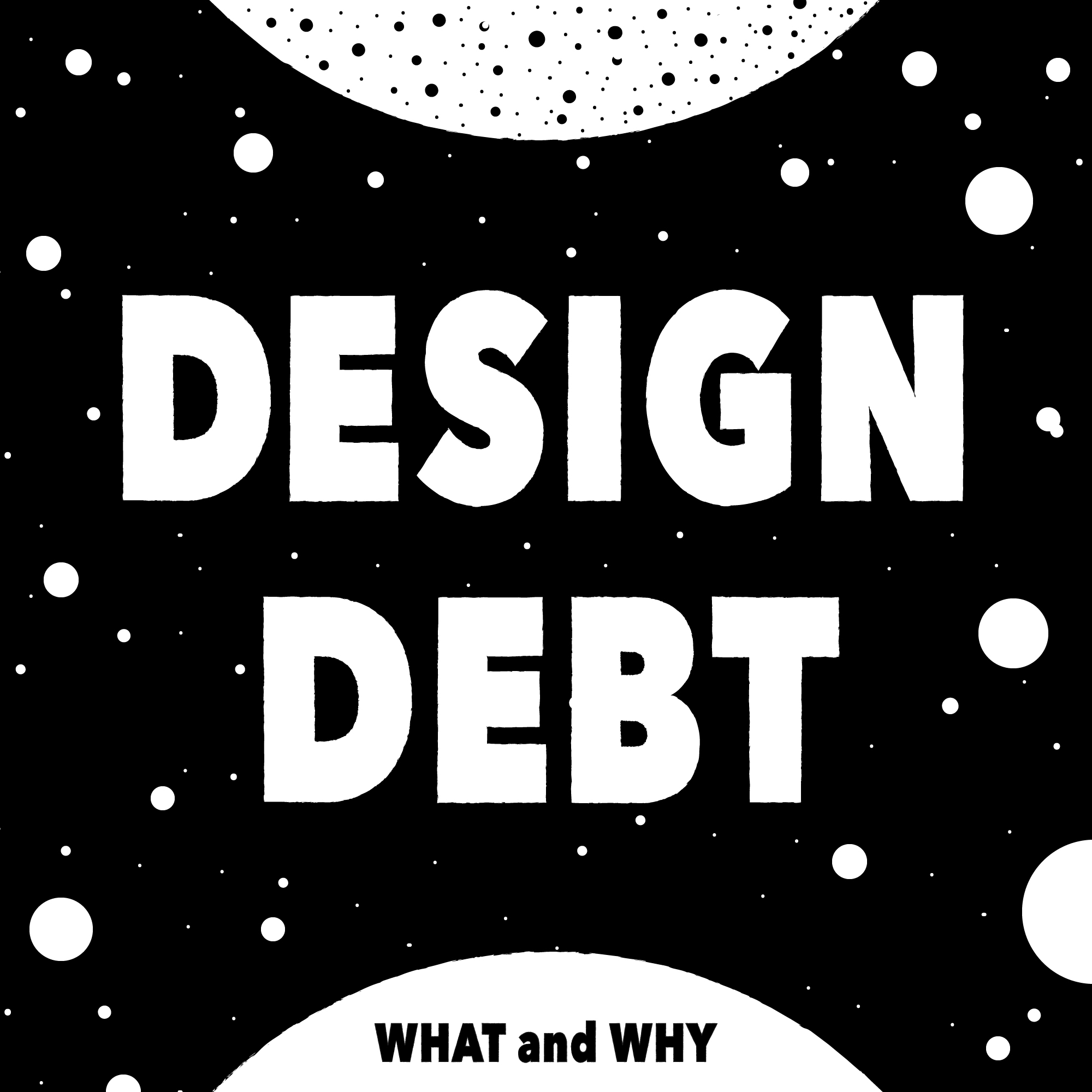Design debt strategy
Our programme is based on 3 phases that will transform how you approach Design Debt:
Audit your Design Debt
Create an actionable plan
Unblock your Team’s potential
Our programme is based on 3 phases that will transform how you approach Design Debt:
Are you experiencing these Design Debt symptoms in your organisation?
from negatively impacting your growth to using it strategically to your advantage.
Workshop will take place over 2 days, 4h each day.
Block off time on your team’s calendars.
Send our articles to your Team to get them started!
Are you experiencing these Design Debt symptoms in your organisation?
Understanding Design Debt is key to growing your product sustainably and taking calculated risks.
We teach how to communicate your message about Design Debt to various departments and decision-makers.
Your Team needs to be on the same page to execute the strategy across all the disciplines seamlessly.
Managing Design Debt requires a global change in the approach to innovating and design processes.
Leveraging Design Debt can speed up innovation and lead to the exponential growth of your company.
Establishing good processes will help you gain long-term control over your Design Debt and keep it on the desired level.
A Design Debt 101 facilitator will prepare and lead a customized workshop for your Team. During the workshop, you will go through a series of mini-lectures and group exercises. You’ll then produce the deliverables that your Team is aligned on and ready to execute immediately.
Analysis of your Design Debt in your product and processes.
Solutions that bring the biggest return or are the most urgent.
Plan on how to make Design Debt work to your advantage.
The first step is an intro call to get to know your company: the needs of your Team and your expectations from the workshop.
You can also email us directly at hello@outdraw.design or use the contact form.
Use our free resources to gain better understanding about Design Debt before the virtual workshop with your Team!

Design debt is the sum of all the imperfections of the user experience and design processes that appear over time as a result of innovation, growth, and lack of design refactoring...

Measuring design debt requires a lot of resources. In addition, the process needs to happen in a perpetual state to understand the full context, guide in the right direction and help achieve the desired outcomes....